Uncommon
American History through Virtual Reality
Your donation will support the development and production of uncommon stories in American history made possible by 360 photography.

Our new website is currently under development. Check back regularly to learn more about the uncommon stories of American History!
Your donation will support the development and production of uncommon stories in American history made possible by 360 photography.



Our nonprofit organization is History-360 Inc., and our project is “Virtual Americana” which provides the opportunity for website visitors to explore uncommon stories in American History. Through virtual reality technology, 360-degree photography will take you to the historical locations where you will immerse yourself in an experience that incorporates music, art and other forms of media to present the full story.
Our goal is to present a more complete picture of significant events by communicating the roles that women, people of various cultures, and indigenous people played to help shape our country. When seen from various perspectives, we believe the impact of historical events can be better understood and appreciated, in the hopes of a better future for all.
This project has the capacity to help forge the leaders of tomorrow. We all want a better future that comes from learning the mistakes of the past so as to avoid repeating them, and to have ideas for what changes to make moving forward.

⚠️ We need your help!
Our budget covers all areas needed to help these stories come alive, such as research, writing, photography, and design work. Your financial donation will support the work behind making the uncommon stories in American history come alive.
Besides helping to cover the costs of the expert team (such as a writer, photographer, designer, project manager and researchers), your support will help expand the tent so more Americans can share lesser known stories from other historical events.
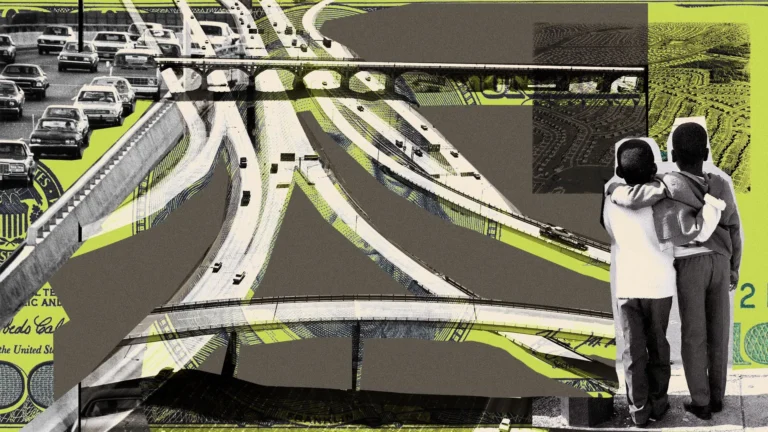
Providing extensive access for Americans who could travel by car throughout the country and giving a major boost to commerce, the American Highway system under the Eisenhower administration also divided communities along its path. What is the connection with Urban Renewal of the 1960s and the Bipartisan Infrastructure Act of 2023? Partnerships of local communities with government and nonprofits to create safe and affordable places to live has helped to address this division, but much still needs to be done.
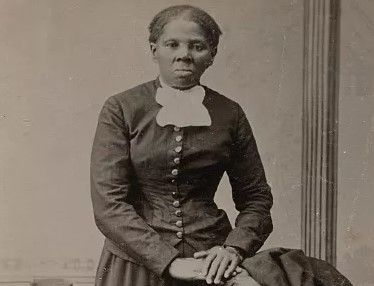
Many have heard of the stories of Harriet Tubman, an American abolitionist and social activist who guided enslaved people to freedom before and during the American Civil War (1861-65), but did you know she was also a suffragist who fought for women's rights? She also established a nursing home for African Americans on her property in Auburn, NY. We will also explore other stories about the slaves who made it to freedom.
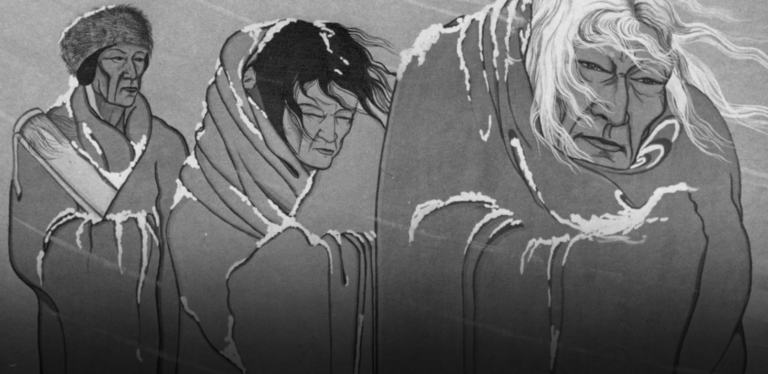
The discovery of gold in both California and Georgia, as well as in other areas, spurred white Americans to settle in California and push Indigenous people out of their homeland in Georgia. Many lives were lost, and who profitted? Often the suppliers of artillery gained the most, not the prospectors. How did the displacement of First Nation people change the face of America?

President Thomas commissioned the expedition shortly after the Louisiana Purchase in 1803 to explore and to map the newly acquired territory. Lewis and Clark prepared well for their ambitious western expedition, but would not have been successful without the help of the Indigenous people they met along the way. Can you think of traditions we have learned from First Nation people?

From 1942 to 1945, it was the policy of the U.S. government that people of Japanese descent, including U.S. citizens, would be incarcerated in isolated camps. Enacted in reaction to the Pearl Harbor attacks and the ensuing war, the incarceration of Japanese Americans is considered one of the most atrocious violations of American civil rights in the 20th century. What have we learned from this?

Following the end of the Mexican American War in 1848, the immigration of Mexicans to America became popular and, as their population grew, so did discrimination against them in jobs, housing and all areas of American life. What progress have we made today?
Share with us! The team at History-360 Inc will notify you if your story is selected to be featured on our website or included as part of research on another event in American history we explore through 360-degree photography. We welcome stories based on facts and information on historical resources to support them. Thank you!
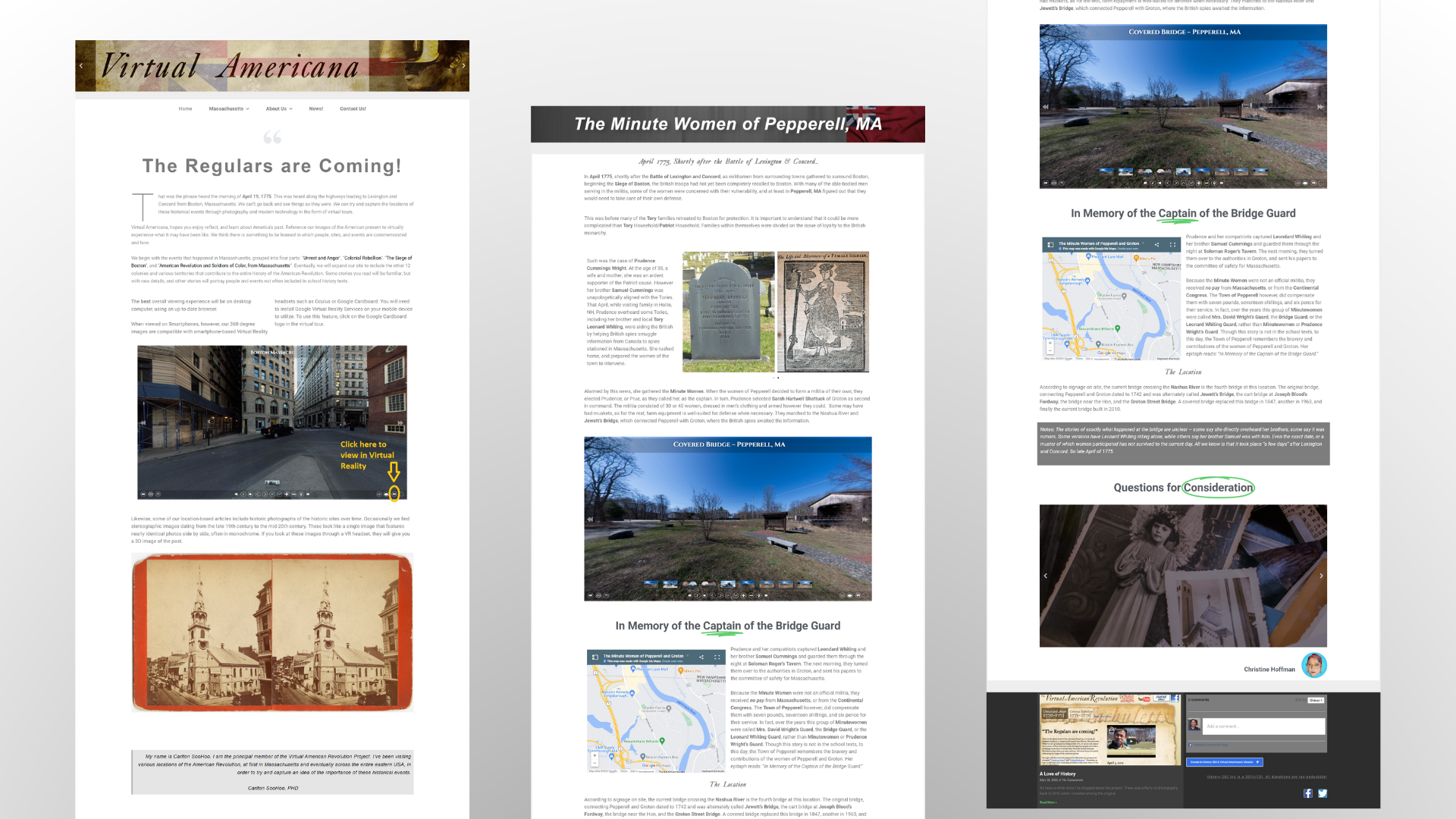
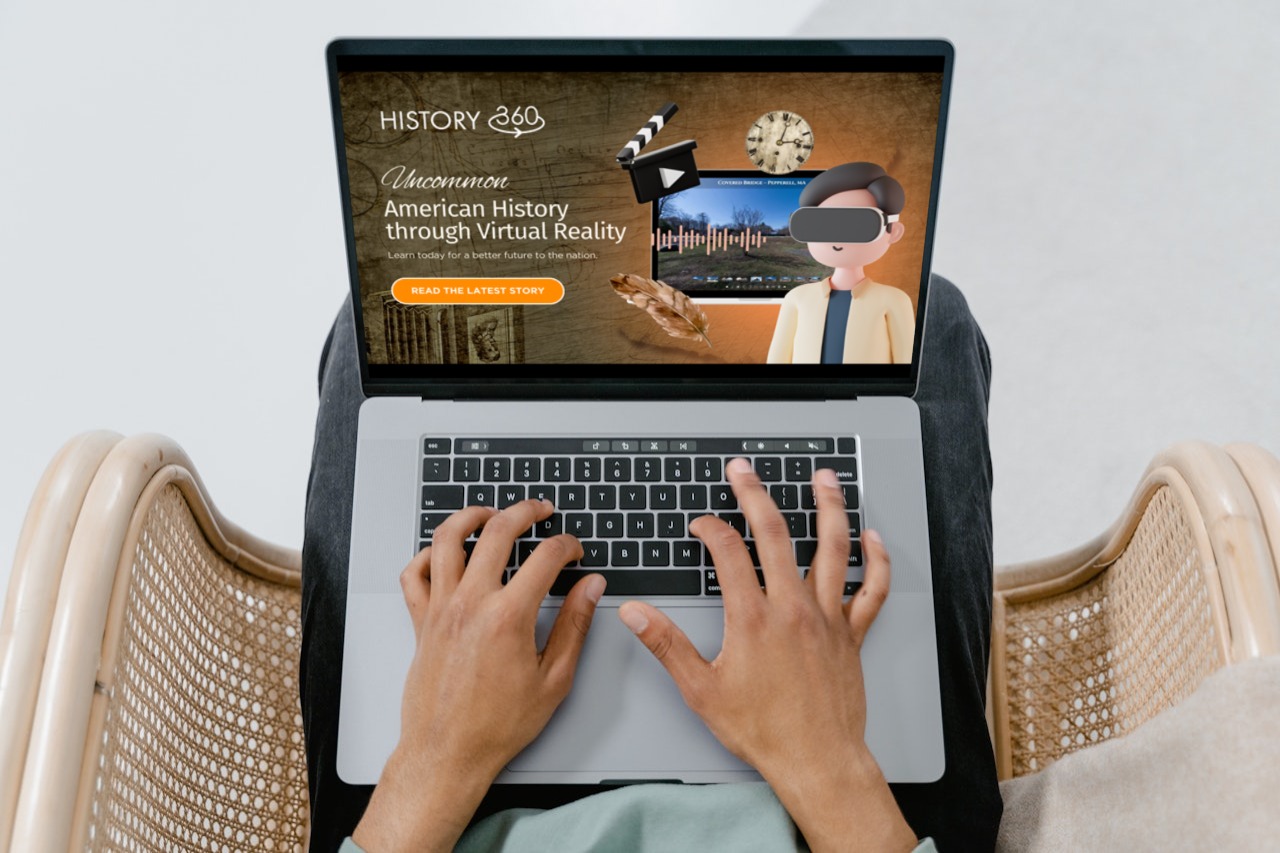
Our previous website (virtualamericana.org) requires updating to ensure readers have a smooth learning experience so that they can learn and implement the knowledge gained. Updates include making each story engaging which is vital for digesting information.
Currently, each story has text, a few photos, and a 360-degree photograph. This is not sufficient for an immersive learning experience, where all senses need to be present for a successful learning experience.
We envision the virtualamericana.org website to be the go-to resource for history buffs, students, educators, or anyone who simply wants to learn about the uncommon stories in American history.
With the contributions of our kind donors, we plan to build our website with the following features...
We are committed to make Virtual Americana a valuable resource for history buffs, students, teachers, professors or anyone who simply wants to learn more and would like to make a positive change in this era.

Founder

Project Director

Art Director
The quest for life-long learning and education is a thirst that needs to be constantly quenched. The immense satisfaction from increasing understanding and being exposed to new ideas and concepts is very gratifying. And understanding the “bigger picture” can lead to A-ha/Eureka moments that can impact one’s future behaviors and directions.
This project has the capacity to help forge the leaders of tomorrow. We all want a better future that comes from learning the mistakes of the past so as to avoid repeating them, and to have ideas for what changes to make moving forward.

Your donation will support a non-profit that can help unveil the truth about our history so that we can have a brighter future. History-360 Inc. will play a key role in educating people beyond what we have learned in school textbooks. History-360 Inc. will also be a resource for history buffs, students, teachers, professors or anyone who simply wants to learn more.
We will happily accept all donations from $25 and up but we will provide benefits for $100 or more. All donors of $25 or more will be listed on our website and receive an acknowledgement of their gift. In addition to the listing, donors of $100 or more will receive additional benefits.
$100 - A museum quality photo of a lesser known leader in America's past (hardcopy photograph that will be mailed straight to your preferred address)
$500 - Do you have an uncommon story to share? If so, History-360 will share your story on our website and social media audience
$1,000 - Can we interview you as a lead donor? If so, your interview and an article about your love of History-360 will be featured on our website and social media posts.
Future benefits of donors of $1,000 or more will include special invitations to special events including forums on various historical topics.
History-360, Inc. is a 501 (c) 3 organization (EIN: 86-3843964). Gifts to History-360, Inc. are tax-deductible to the fullest extent allowed by law. Please consult your tax advisor for more information.
Copyright © 2005 - 2025 History360, Inc